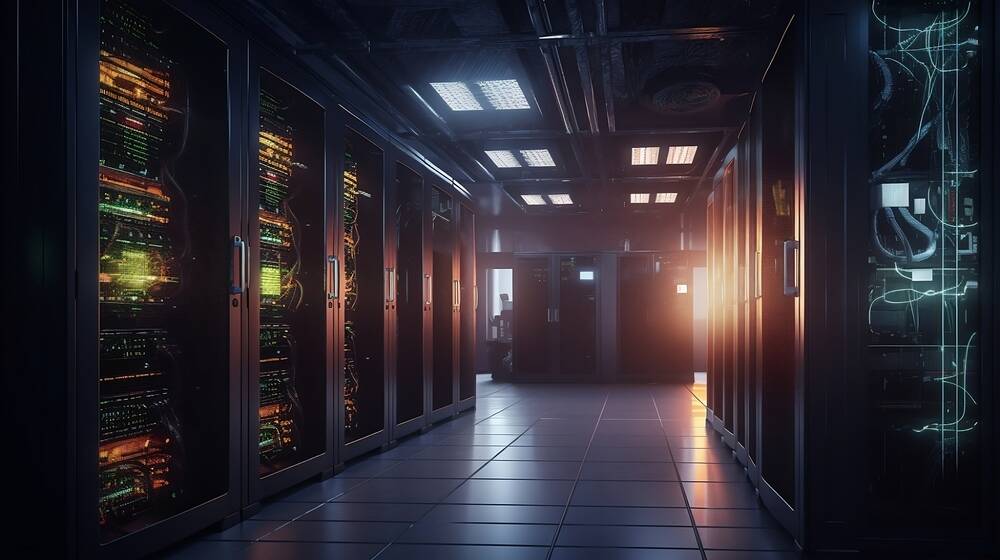- cross-posted to:
- europe@feddit.de
- cross-posted to:
- europe@feddit.de
Is it filled with nitrogen?
Ooh, free suic*de booth
I’m more thinking about Microsoft’s experiment with an underwater data centre off the shores in Scotland, powered by tidal. The main takeaway was basically “nitrogen filled data centres have significantly lower part failures” due to the lack of oxygen meaning no sparks.
This is the best summary I could come up with:
Europe’s first exascale supercomputer will be delivered as a modular datacenter consisting of container units intended to allow for easier updates or replacement of single modules in future.
Racks holding Jupiter’s infrastructure will be integrated into the containers along with cooling, power, networking and cabling directly on the factory floor, before delivery.
When Jupiter was first disclosed, EuroHPC said it would be based on a dynamic, modular architecture, as used with the Juwels supercomputer, which allowed that system to be upgraded in 2020 with a booster module equipped with GPUs.
“I am pleased that the modular datacenter will now allow for such a supply infrastructure to be created very quickly, which will also offer the possibility of using the thermal energy generated during cooling to heat the Jülich campus.”
“We are extremely honored to be part of Europe’s exascale journey by leading the JUPITER manufacturing consortium and by now also delivering the data centre to host the system,” Eviden’s Global Head of HPC, AI and Quantum Emmanuel Le Roux said in a statement.
Participation in SPEP is required for those wishing to continue in the JUREAP program, the JSC said, and be among the early researchers utilizing Jupiter for scientific discovery.
The original article contains 696 words, the summary contains 201 words. Saved 71%. I’m a bot and I’m open source!
Containers are good in a smaller scale.
I’m not convinced.



